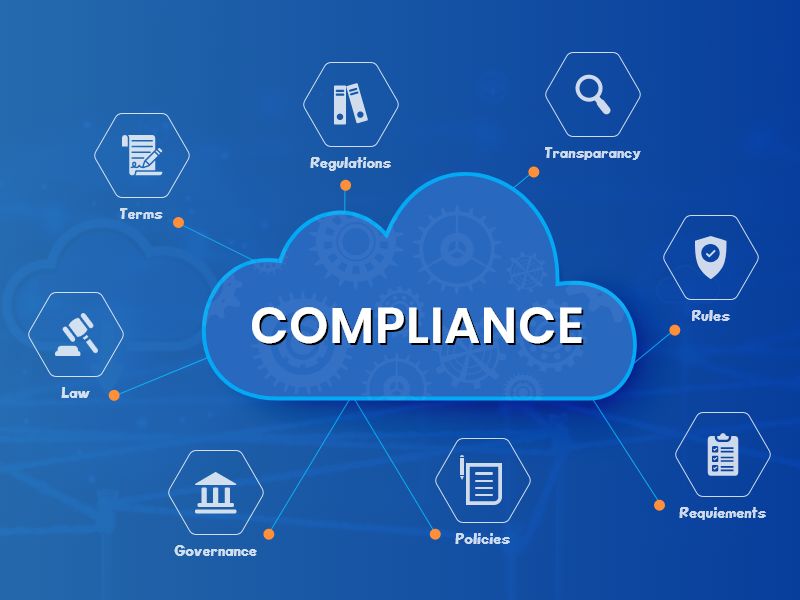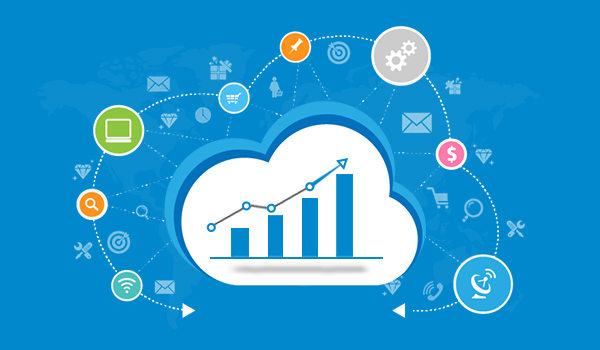Cloud backup is the process of storing copies of your data on remote servers hosted in the cloud. It protects against data loss caused by hardware failure, cyberattacks, accidental deletion, or natural disasters.
Unlike traditional backups stored on physical drives, cloud backups are automatic, scalable, and accessible from anywhere. They can be set up to run on a schedule or in real time, ensuring critical data is always protected.
Popular cloud backup services include:
-
AWS Backup
-
Azure Backup
-
Google Cloud Backup and DR
-
Third-party tools like Acronis, Backblaze, and Veeam
Key benefits of cloud backup:
-
Reliability: Redundant storage across multiple data centers.
-
Scalability: Grow your backup needs without new hardware.
-
Cost-efficiency: Pay only for the space and features you use.
-
Security: Encryption and access controls keep your data safe.
Best practices include:
-
Regularly testing backups.
-
Using encryption for sensitive data.
-
Setting retention policies based on compliance needs.
In a digital-first world, cloud backup is essential for business continuity and peace of mind. It ensures your data is safe, recoverable, and always within reach—even during unexpected disruptions.









